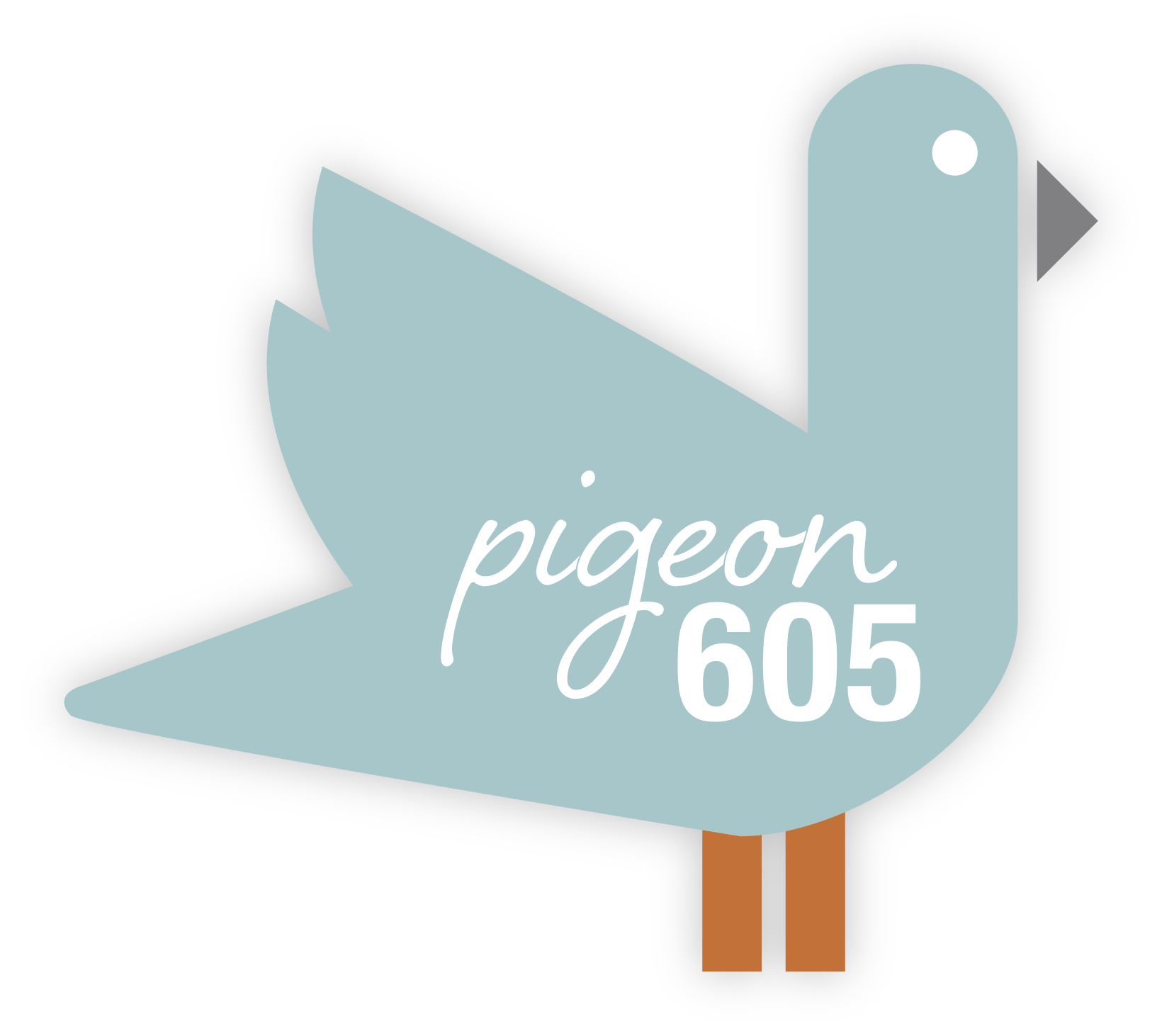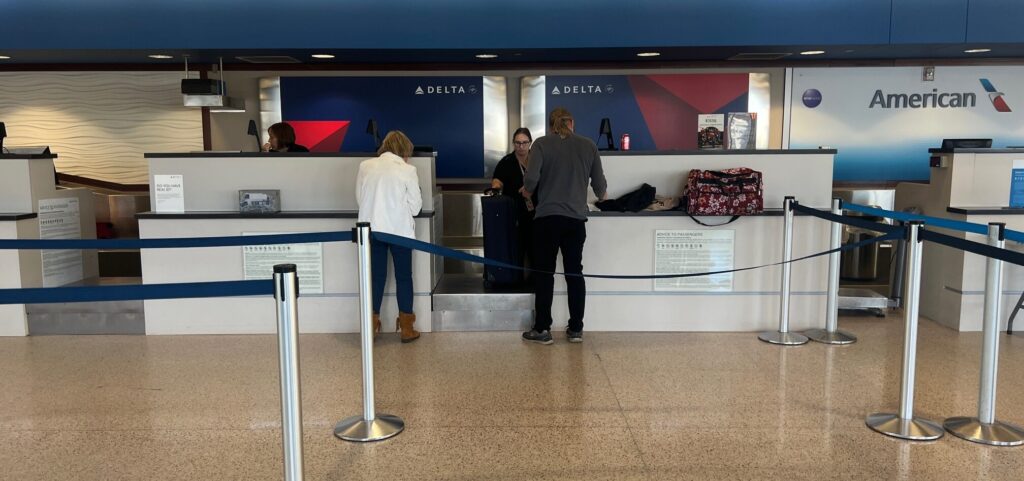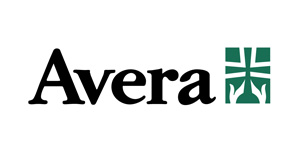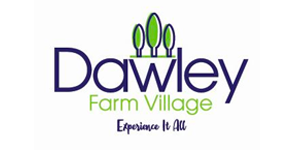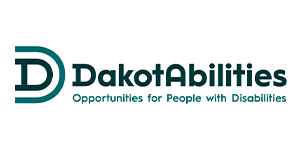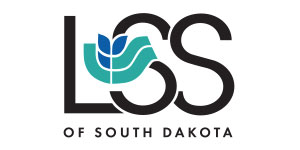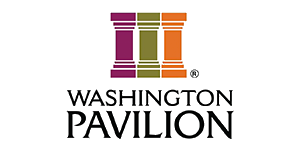Looking for a first home? Prepare for a hunt, despite new options coming to the market
For years, being a mom outweighed taking on a mortgage for Jamie Reindl.
“When I was 30, I found myself unexpectedly as a single mom,” said Reindl, 45, who leads a nonprofit program in Sioux Falls.
“Over the years, I have looked into buying, but being an only parent with my son, I was worried about being able to handle a mortgage alone.”

Then, Reindl worried she’d waited too long. As her landlord gave notice that her rental house was being sold, Reindl started a home search. It wasn’t easy.
The landlord “was very flexible, which was great, and gave me the option to buy the house,” she said. “But it needed a ton of work.”
She started watching the housing market a few years ago and has noticed that homes that were priced around $180,000 when she began thinking of homeownership now are priced closer to $300,000.
“Watching some of that makes your brains pingpong,” she said. “It made me feel like I was constantly missing the bandwagon.”
Her budget didn’t buy the level of home it might have a few short years ago, but as of this month, Reindl is a homeowner. She’s moving into a triplex near Jefferson High School.

“It’s only 10 years old; everything is completely updated, energy-efficient,” she said. “My monthly (mortgage) is actually less in a newer place like this than it was for me to buy the single-family home that needed a gajillion dollars’ worth of work.”
Finding — and affording — that first home increasingly can feel out of reach for area residents. The South Dakota Housing Development Authority now sets a price limit of $385,000 for qualifying first-time homebuyers, which can include help with a down payment and closing costs.
“It’s hard because that first-time homebuyer price point we have in our mind has continued to increase,” said Kate Patrick, a Realtor with 605 Real Estate and the current chair of the Realtor Association of the Sioux Empire.
“We are going to have to get creative again and just paint a true, realistic expectation. Here’s your wish list and here’s your budget, and we may not get all of those.”
There’s a misconception that buyers need to put a certain percentage down, she said.
“That’s the biggest fear. They can afford the monthly payment, but what do they have to put down? They don’t have this lump sum.”
In many cases, people who have been renting for years at increasing rates have struggled to save enough for a down payment, particularly the 20 percent necessary to avoid carrying mortgage insurance.
“I feel like it’s almost got to be someone who has assistance from family or has been saving up for years (who can afford the down payment),” said Larissa Deedrich, who recently became executive director of the Sioux Falls Housing and Redevelopment Commission.
“That’s why I think a lot of these programs are crucial.”

The need is not just housing for those in poverty but affordability for “people who are teachers, first responders, people who can’t necessarily go into the homes being built for $650,000, so they need workforce housing, and that’s what we really want to develop and grow in Sioux Falls,” she said.
One such effort is beginning to take shape in northeast Sioux Falls, where Nielson Construction received tax increment financing from the city of Sioux Falls to bring housing to the East Prairie Estates neighborhood, which sits on 85 acres near Madison Street and Veterans Parkway.

The first 18 homes are under construction, with some scheduled to finish this month and the rest planned to be ready by midyear. There will be 10 single-family homes ranging from $232,000 to $279,800, two to three bedrooms, between 995 and 1,200 square feet on one level with a one-stall garage.

The eight twin homes are ranch-style with two bedrooms and 1,094 square feet on the main level with a two-stall garage. They’re priced from $299,800 to $330,000, depending on whether the lower level is finished.
“Trying to control price is very difficult,” owner Kelly Nielson said. “Since our vision at the start of this project, based on a set max asking price over 18 months ago, our community has experienced inflation of over 5 percent. Plus, the time also makes cost management very difficult.”

He sees the first-time homebuyer market now split between those looking at town houses and traditional homes.
“Additionally, we’re seeing plenty of first-time buyers opting for an unfinished basement to grow equity,” he said.
Once about half of the east-side homes in the TIF development are under contract, Nielson will start on 20 more.
A partnership like this is “very much contingent on private industry being able to take a risk themselves in maybe modifying their business models,” said Kevin Smith, the city’s assistant director of planning and development services.
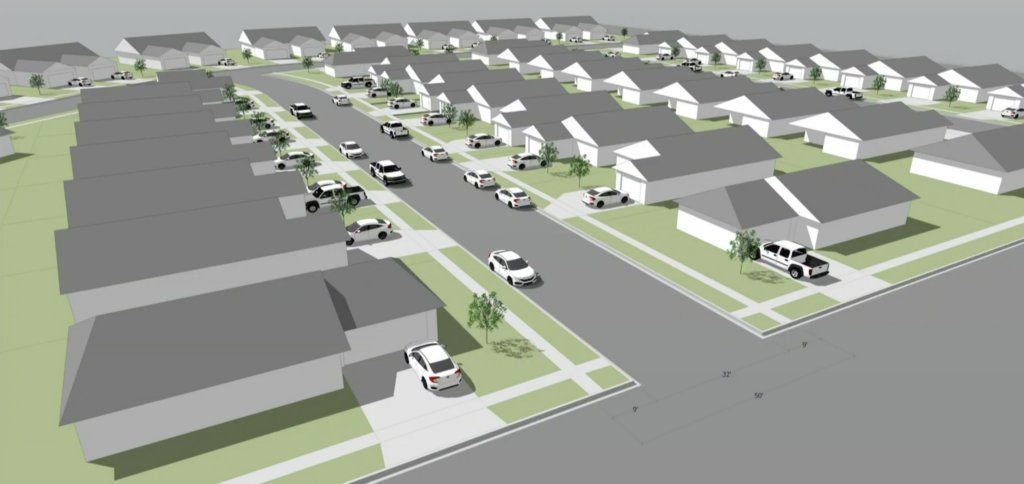
“Certain builders build a certain kind of home, and that works for them, so for them to do something different — there’s risk in that, and we understand that. There’s risk on both sides — the city taking on the TIF and in Kelly’s case taking on a bit of a different business model.”
But even that likely is evolving.
“We would definitely not be able to offer homes like this without a TIF-type tool to offset the losses,” Nielson said. “Without the TIF, we would need to sell the $232,000 product for closer to $260,000 to make it worth the risk (and) investment. The $279,800 closer to $290,000. We will not be able to replicate this product at this price point.”
One home at a time
There are other such efforts happening, generally on a small scale. Affordable Housing Solutions, which Deedrich also oversees, makes some houses available to first-time homebuyers who qualify for state assistance.
“These are usually homes we are selling in the $260,000 range, so they’re perfect for that first-time homeowner,” she said. “And we’ve already met and talked with developers in the area and have plans to partner with at least three developers in the next two years for affordable housing, both rental and owner-occupied.”
The South Eastern Development Foundation recently marked a housing milestone, reaching 100 homes where the nonprofit has served as builder and developer since it began the effort in 2015.
CEO Lynne Keller Forbes began by helping match homes from the Governor’s House program with owners, then expanded into moving homes such as those that needed to be relocated for public or private improvements.
“And then the third piece we’ve started doing is we find the ugliest house on the block and try to fix it,” she said. “If I can buy two or three, you really start to see the neighborhood pick up.”
Before and after a home renovation:


For instance, in the area of 12th Street and Wayland Avenue, “we demolished three and moved in houses from the city of Sioux Falls, and the other two we rehabbed and added garages, so if you drive by, you’ll see five houses in a really nice area, and it’s blocks from a school, so it’s been a nice, uplifting thing for the neighborhood.”
Before and after:


Before and after:


Still, making the math work is getting harder, especially if there’s government funding involved that leads to income guidelines on buyers, she said.

“We’re still paying a lot more for everything than we did years ago,” Keller Forbes said. “I used to move houses for $15,000, and some of the recent bids we got were $26,500, so we’re trying to beat the bushes and rebid everything we can to keep costs in line.”
She said she tries to list homes around $250,000, but has a couple at $280,000 “that are going to be tougher” to sell.

“Realtors and mortgage brokers call and say, ‘I have someone qualified for $150,000 or $160,000,’ and I say, ‘You have to wait this one out because there’s nothing I can do for you.'”
Even at prices up to $375,000, the margins are tight, Keller Forbes added.
“I have my broker’s license, so if someone does not have a Realtor, I will do the work and give them the 3 percent off or 3 percent for seller’s concessions for down payment,” she said, adding she prefers to work with people on the front end of the deal and has helped them work on cleaning up their credit.
Other newer programs can help buyers without Social Security numbers but who do have a solid financial history and an individual taxpayer identification number.
While Nielson has multiple developments offering homes priced at $300,000 to $350,000, most of them were started years ago “when land prices were more manageable,” he said.

“Single-family homes in the Sioux Falls city limits will likely fade out as the cost to purchase and develop land doesn’t allow us the ability to hit the $325,000 price point. We will continue to see more town home-type product be the main option for first-time buyers in the Sioux Falls area, pushing the single-family first-time buyer out into the smaller rural areas.”
There is one bright spot for first-time house hunters, though: The market is beginning to show a few more options, said Patrick, the Realtor.
“Inventory is up compared to this time last year, so buyers have options, which is refreshing,” she said. “Two years ago, I’d say the minute the house hits the market we have to go. Right now, we can go look at three on a Friday. But again, priced right, good location, good condition, you’re going to have the demand, and you might have multiple offers coming through for it.”
Share This Story
Most Recent
Videos
Want to stay connected to where you live with more stories like this?
Adopt a free virtual “pigeon” to deliver news that will matter to you.
